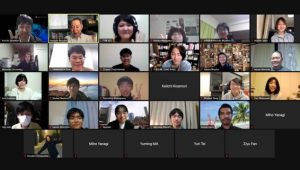・Course Group: Leadership, Followership and Consensus Building
・Course Name: TAL.S503 Fundamental Group Work for Leadership I/II (F)
・Program Name: 1-day IdeaThon -Business Idea Generation by Design Thinking Methodology-
・Facilitator: Takashi Tsutsumi, Learning Entrepreneurship, Lab.(LEL)
・Date & Time: 11/Feb/2021 10:00-18:00 by ZOOM
Thursday, February 11, the “1-day IdeaThon Workshop -Business Idea Generation by Design Thinking Methodology-” was held online by Mr. Takashi Tsutsumi from Learning Entrepreneurs Lab., Inc for both 8 ToTAL students and 15 non-ToTAL students. This year, the workshop was held online via Zoom and MURAL. While lecture on the basic idea and the method for application by Mr. Tsutsumi for all participants were in one room, to actively generate idea using the Design Thinking methodology, participants are divided into groups of six. The team member collaborated online by communicating twain on breakout sessions on zoom and online workspace MURAL.
Originating any idea, either for business or academic research, thinking out of the box is crucial yet laborious. This particular workshop aimed to help participants generate new business ideas by applying the Design Thinking methodology.
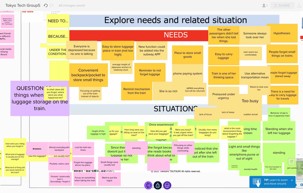
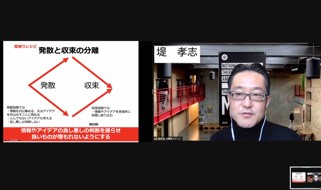
Design Thinking Methodology
“Design thinking is a human-centered approach to innovation that draws from the designer’s toolkit to integrate the needs of people, the possibilities of technology, and the requirements for business success.”
-Tim Brown, CEO of IDEO
Design thinking methodology is a thinking process that leads to a solution by focusing on the customer’s target beforehand; in other words, the potential target is narrowed down on a much smaller scale to conclude. By recapitulating multiple steps, and converting within two different processes; needs search and solution ideation, cognitive biases can be avoided. Hence the solution is more likely to be innovative and creative.
Application
Of the six teams, four teams used Japanese while two teams used English to communicate while generating new ideas to solve the issues. I was assigned to an English group, which I was quite nervous about, and worked with three other team members. Another concern for me to participate in the program was that all other team members are graduate school students.
Prior to the workshop, each participant was assigned homework on listing up everyday negatives. On the first step of our group work, we chose the most thought-provoking issues from other peers’ list of negatives. While deciding which issues to solve, we conducted interviews with the owner of the issues. Interviewing was quite troublesome for me, yet the other team members asked many questions to reveal the real needs.
After deciding on the issue to work with, we followed the design thinking procedure to solve the solution. When working on the first process, searching for needs, we brainstormed by listing ideas on MURAL while discussing. The benefit of using an online whiteboard was actively observing each other’s thoughts on time. Everyone wrote their idea while they explained it.
Defining the problem was challenging work. From the needs and situations that we listed in the previous step; hypotheses were inferred. In favor of determining the insights, we scrutinized these. By matching the insights, the problem was defined. The defined problem had to be as concrete as possible while being unique. Each team member framed the problem from the issues we chose, yet each of us had quite a diverse view of the problem.
Moving on to the second process, solution ideation, the first step was to ideate the possible solution based on the problem we formed. Our team set a time limit, and we each came up with many ideas as possible. Then, we classified each idea we listed. Since our team was rather international, there were cultural differences in interpreting the problem, which I thought was a precious experience.
The last group task was to prepare and present the prototype. Each team made presentation slides to visualize the solution to their chosen issue. In addition, we came up with the monetizing idea of our solution; for as much as the main idea of this workshop: business idea generation.
While working on each step, Mr.Tsutsumi came to our breakout rooms once in a while to advise. Since utilizing design thinking to solve the problem requires detailed inspection, it was not rare for us to jump ahead to come up with the solution before following each step. Thus, occasional advice helped bring us back on track. Each time I also thought how difficult design thinking is to follow.
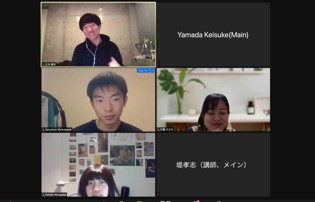
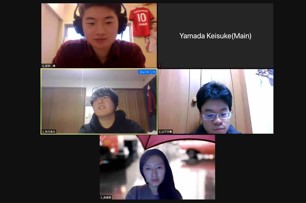


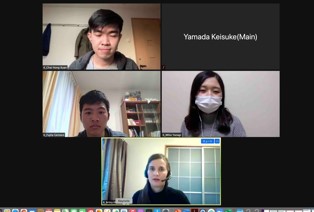

Thoughts
As of the beginning of the year: 2021, society is dynamically changing. New demands are surging daily to satisfy each population; these new demands shall be met only when the solution is flawless. The design thinking will lead each producer to intellectualize the solution.
Consequently, this workshop was undoubtedly an exceptional opportunity for me to work with people from different backgrounds and learn the concept to enhance my thought process. I believe the design thinking method would guide me in infinite circumstances.
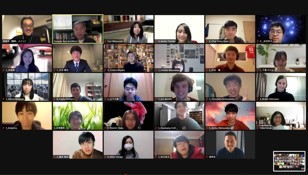
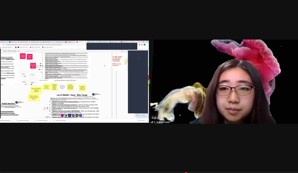
I very much appreciate all the team SuTuPa members: Jim, Guo, and Zenta, for the stimulating discussion and ideas. In addition, thanks also to team six members who provided negatives for us to choose our problems. Alongside, special thanks to all the participants for sharing such a valuable experience. Lastly, foremost, I would like to express my deepest appreciation to the mentor Professor K. Yamada who let me join this workshop, and the facilitator Mr. T. Tsutsumi for lecturing us on the idea and process of design thinking while giving us valuable feedback.
(reported by; Yukimi Ueda, Hitotsubashi University, Faculty of Economics, ToTAL/OPEN student)

